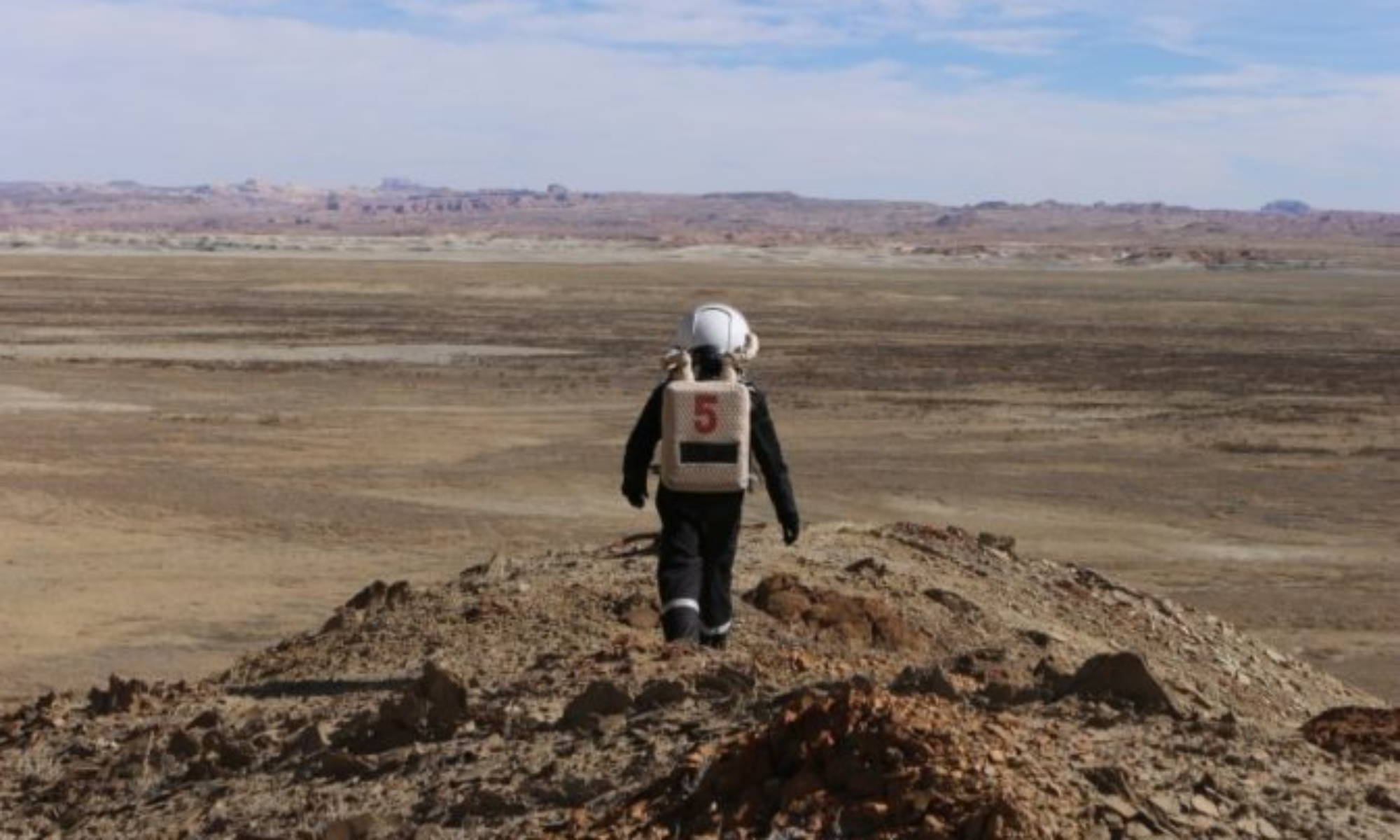Hi,
Here is today’s journalist report :
As the Martian sun rose on the Mars Desert Research Station, gently illuminating the station with its distant, white light, we woke up in our cramped dark rooms for our first real day on Mars. Like on any extra-terrestrial station, space is precious, and every area needs to be optimised to use as little of it as possible. Our rooms, while individual, are therefore barely a meter wide, and have beds that stack over or under the bed in the next room. In front of the doors of the rooms, the common room is where we spend most of our time, cooking, eating, relaxing and working on the central table and on the couches behind it.
While the common spaces are located on the first floor, all our utilities, including toilets and showers, as well as an engineering area and our exit vaults, are on the ground floor. In the back, a vault gives way to an over-ground tunnel which leads to the GreenHab, the Science Dome, and the Observatory. Apart from this, the station is completely isolated in a wide, hilly landscape coloured in red, brown and grey, and stretching as far as the eye can see.
It is in this epic landscape that we adventured on our first EVA (Extra Vehicular Activity), riding our electric rover and two ATVs north of the base, on an already well-travelled dirt road, up to the entrance of a small canyon on our right hand side. With a photographer and a drone operator, we adventured into the mouth of the canyon, the hot morning sun hitting us through our helmets. As we walked through the dry sands and rocks, we realised how difficult it is to explore our surroundings in full space gear, while carrying additional equipment and under a hot sun.
The remainder of the day was dedicated to the start of our
experiments. For the first time, we unwrapped our equipment, entered the science lab and the greenhouse, and began working on our respective experiments. Despite some delays in our supply of equipment, we have all been able to begin working on our projects. Our SOL1 (first day on Mars) has therefore been a success, and we can’t wait to continue it tomorrow.
Good evening,







You must be logged in to post a comment.